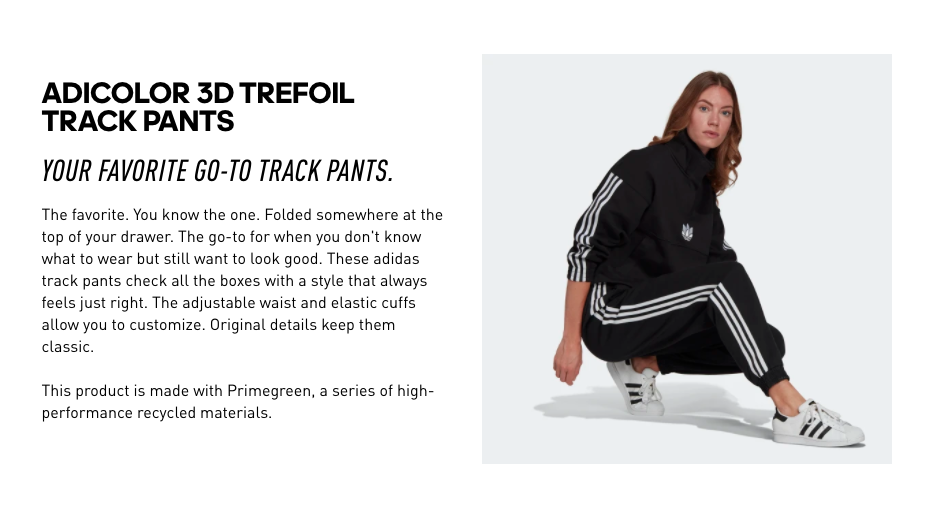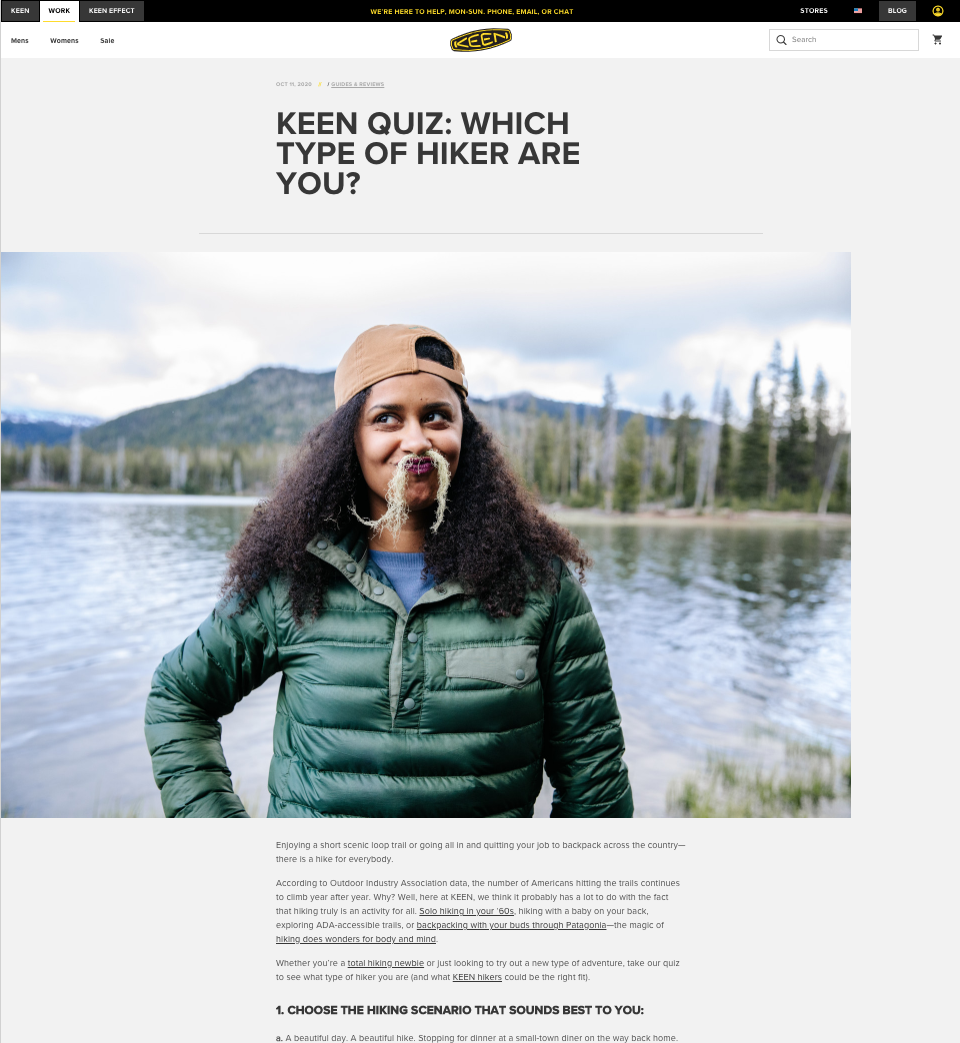For every ecommerce copywriter, there comes a time when doubt creeps in and stares from a corner of the room, soft and big-eyed like a quokka meme but so much less cute. From time to time, from over there in the corner, doubt whispers: But … you forgot about the SEO. Again.
Maybe a client you work with asked for your opinion on how to use keywords in blog posts. Or how the product descriptions you crafted measure up in organic search. Or you were reading an article that mentioned the nuances of SEO for backend stacks, causing you to click away as quickly as you could and then feel obscurely guilty for not knowing, or wanting to know, what backend stacks are.
Never mind. Here, for people who work on the creative side of ecommerce, are five secrets of SEO that will ensure your copy is bang on. They can help your descriptions rank well in search regardless of backend stacks zub-zub-zub. Use them to springboard into knowing more. Because who doesn’t like to know more?
First the very basics. SEO, of course, is search engine optimization. As part of a bigger marketing strategy, it’s the artful science of sending the right signals from a web site to land on the first page of search results. (Cue the joke: Where do you hide the bodies where no one will ever find them? On the second page of Google.) SEO means taking multiple steps, from multiple angles, to help bring in more traffic from free, or organic, search results — that is, what someone types into Google. (There are other search tools, of course, but Google is by far the most used. So what it thinks about SEO is what marketers care most about.)
To be competitive, brands need to be on the first page when someone searches for words that are related to the brand and its products. Better yet, up at the top of the first page. An SEO strategy helps them get there and stay there.
There’s a list of elements that brands need to pay attention to if they want their SEO strategy to hum nicely over time — things like keywords, meta tags, page speed, links within the site itself, links that go elsewhere, and general user friendliness, plus reviews and social media mentions. Some of the things are completely under a brand’s control on its own pages; others not so much, because they’re happening off-site. For instance, Google updates its algorithms regularly, and that can change where a site lands in results.
There’s one huge element of SEO that writers are already besties with.
But we’re talking creatives here, and there’s one huge element of SEO that writers are already besties with. That is (and I bet you guessed it) content. Which is, basically, words and images that can be viewed online.
Product descriptions on product display pages like this one are content.
So are blog posts, articles, lists, videos, infographics, slide shows, tutorials, fit guides, glossaries, directories and “About Us” pages. Informative content helps a page rank higher in search results.
Ideally, content answers questions that a brand’s audience has — that is, questions that shoppers are already asking your customer service department.
Or it connects with the audience in an emotional way. It tells a story that their customers want to hear about the brand and its products. Consider this quiz from footwear maker KEEN.

The quiz is engaging. It speaks, in KEEN’s voice, to people who love to hike or are interested in a new adventure. It helpfully matches hikers with the shoes that are likely to be the best fit for them, making it easier to choose. It’s also packed with keywords that someone who wants to buy a pair of hiking boots might type into a search box. But the keywords didn’t drive the quiz. They flowed naturally from the subject.
That last point has an addendum. You can’t optimize until there’s something there for the optimizing. But it’s also very possible to start with keywords and build content from there. I’m not talking about doing this in a robotic listicle way — more like if you’ve done your keyword research and learned about some effective long-tail (i.e., conversational) SEO terms, you might write a guide (or blog post or whatever) that includes those terms in an informative, meaningful way.
Google likes to show users results both that are highly relevant to the search term they typed in, and that offer the users a good experience. Search Engine Land, which knows a thing or two, says: “Quality content is how you engage, inform, support and delight your audiences. Creating authentic, valuable content is also critical for search engine visibility.”
We think about keywords, but mostly we think about clear, conversational language.
Here’s how the writers and editors at Thread approach SEO: We think about keywords, but mostly we think about clear, conversational language. Especially as Google’s algorithms for natural-language processing become more sophisticated and can understand relevance in a more human way. We do the writing that makes a site naturally attractive to people, which makes it naturally attractive to search engines. We answer the human demand for content.
The five not-so-secrets for better ecommerce copywriting I promised are basically these:
- Get your story right and connect with your customers in a meaningful way. The KEEN quiz mentioned above would have been less effective for KEEN’s customers if it was about, say, bowling.
- Write for humans, not for algorithms. Search is becoming more sophisticated all the time. Simplicity and authenticity are always a good bet.
- Use lay terms, not technical jargon or flashy phrases. Wading through technology names and acronyms beloved of engineers and product managers makes shopping more of a chore.
- Sprinkle relevant SEO keywords, don’t stuff them. Google’s crawlers can see what you did there, and they don’t like it.
- Keep it fresh by adding new content. Especially for brands with a small number of evergreen products whose descriptions don’t change much over time, adding regular blog posts or other informational pieces helps keep your pages relevant to search.
If you’re already writing good copy, you’re already contributing to good SEO naturally. And if you want to understand the technical side better, here are some places to jump in:
Ahrefs blog: How to Be a Better SEO Writer
Search Engine Land’s Essential Guide to SEO
Webflow University SEO Fundamentals
TechRadar’s Best Rank Checking Tools in 2021



